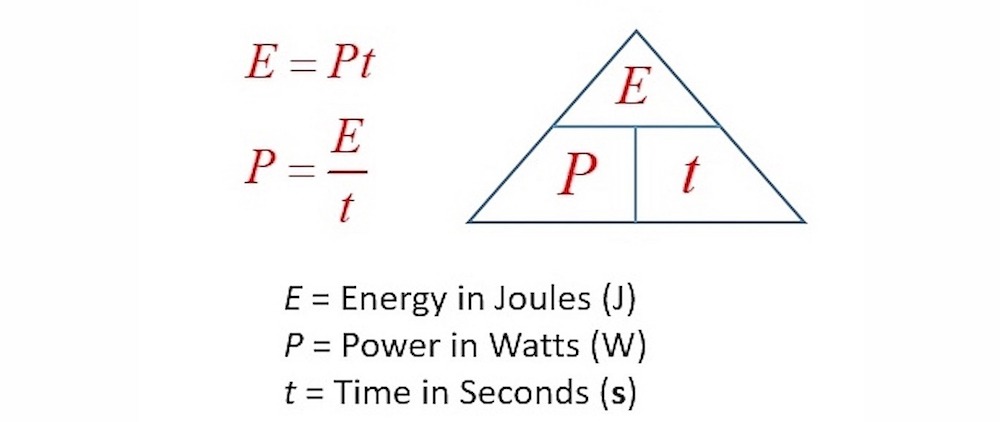How much energy does AI use? According to the popular AI-powered answer engine Perplexity, ChatGPT or similar large-language models consume about 2.9 watt-hours per query. It also added that this is 10 times the energy used by a standard Google search.
Google offered a similar answer: The energy used for a single AI query varies significantly, ranging from about 0.24 to 3 watt-hours, depending on the model and the complexity of the task. This is far more energy-intensive than a traditional search engine query and is equivalent to nine seconds of television turned on. OpenAI provided a similar figure: 0.34 Wh per ChatGPT query, comparable to one second of an electric oven on.
The data published by Google and Open AI refers to the average consumption for a single query — the phase in which the model is already trained. However, they do not include the impact of initial training, which requires weeks or months of intensive computing on GPU clusters. In these cases, consumption is measured not in milliwatt-hours, but in megawatt-hours. Independent projections indicate that the growth of AI could push global data center consumption to unprecedented levels, putting pressure on national power grids, since every day, billions of interactions are processed by generative systems. Metrics like Power Usage Effectiveness (PUE) have improved, but demand is growing even more rapidly.
Added to this is the water footprint: about 0.26 milliliters of water — five drops — for cooling the servers, but this number is rapidly growing on a global scale. Some complexes in the central and western United States have reached such levels of water consumption that they have sparked protests from local communities already struggling with recurring droughts.
Meta is among the few companies to have adopted an explicit water stewardship plan, aiming to become “water positive” by 2030 and implementing water restoration projects in the most stressed areas. Microsoft, in Texas, has implemented closed-loop cooling systems with zero water consumption in some data centers. However, environmental experts warn that, despite these efforts, direct demand remains growing and may conflict with agricultural or civil priorities.


Leave A Comment